With the announcement of the A250, A260 and A280, Phase One has a new line of Phase One branded cameras. The cameras consist of a Alpa TC (travel compact) mated to one of three different Phase One IQ2 backs. There are 3 different lenses that can be purchased, all Rodenstock HR series of lenses. You can pick from the 23mm, 35mm or 70mm HR lenses (note, I believe this is the case since as of 12/15/14, there is no information on the Phase One A series on Phase One’s main site or any dealer in the US that I could find). I might be that the product was leaked a bit early, not sure. However when it was first leaked, quite a bit of information was put out in regards to the details and I have posted more information here: Phase One A series cameras.
Prices of the equipment has now been published:
- A280 $55,000.00
- A260 $48,000.00
- A250 $47,000.00
All of these units ship with the 35mm HR lens standard. You can purchase the other lenses separately.
- 23mm HR Alpagon @ $9.070.00
- 70mm HR Alpagon @ $4,250.00
There is one brief post on the main Digital Transitions blog which shows some more pictures but very little actual information. However it’s more than Phase One’s site offers. Digital Transitions Blog on Phase One A Series
You can also read about these new cameras on www.dpreview.com of all places.


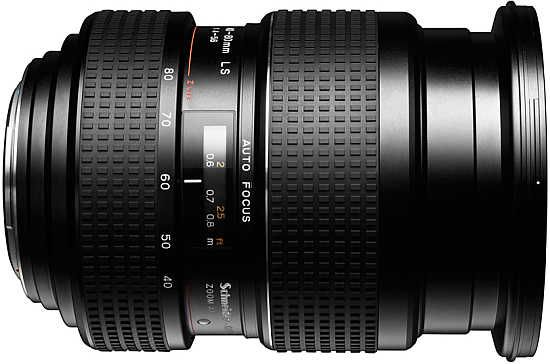

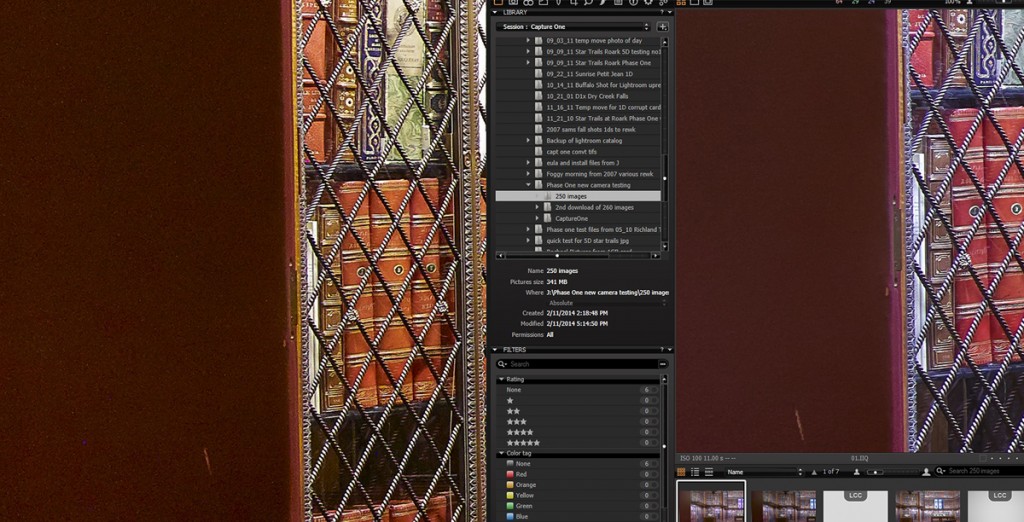
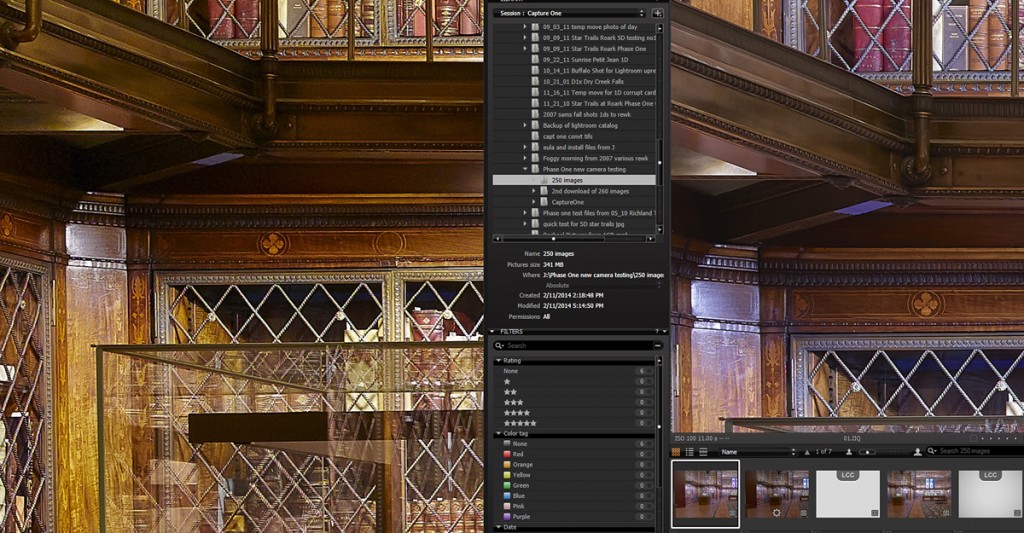
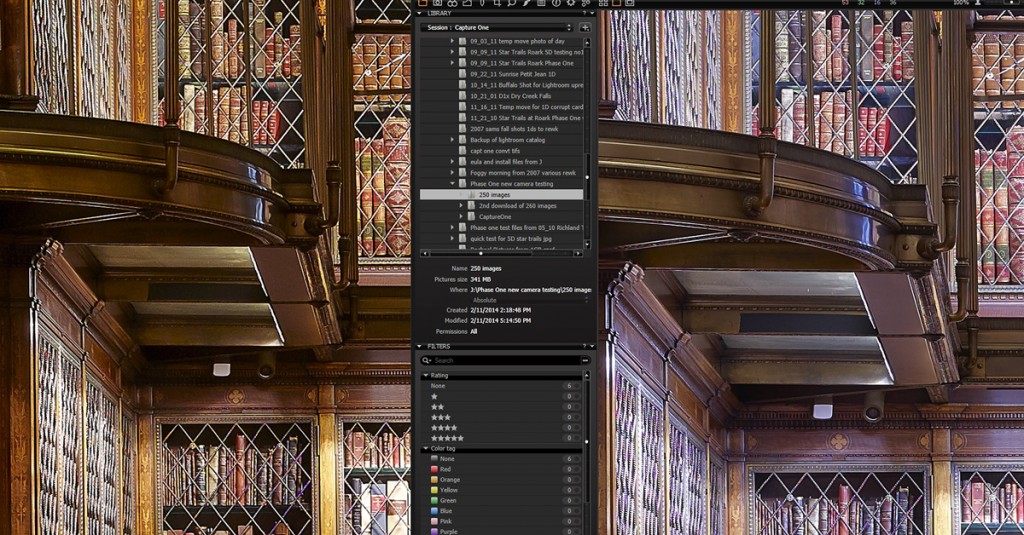
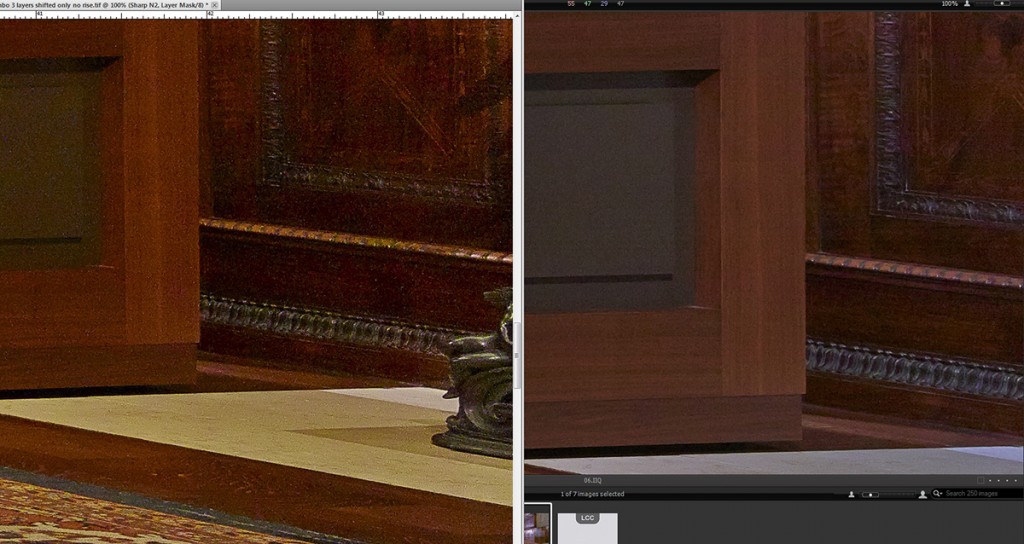
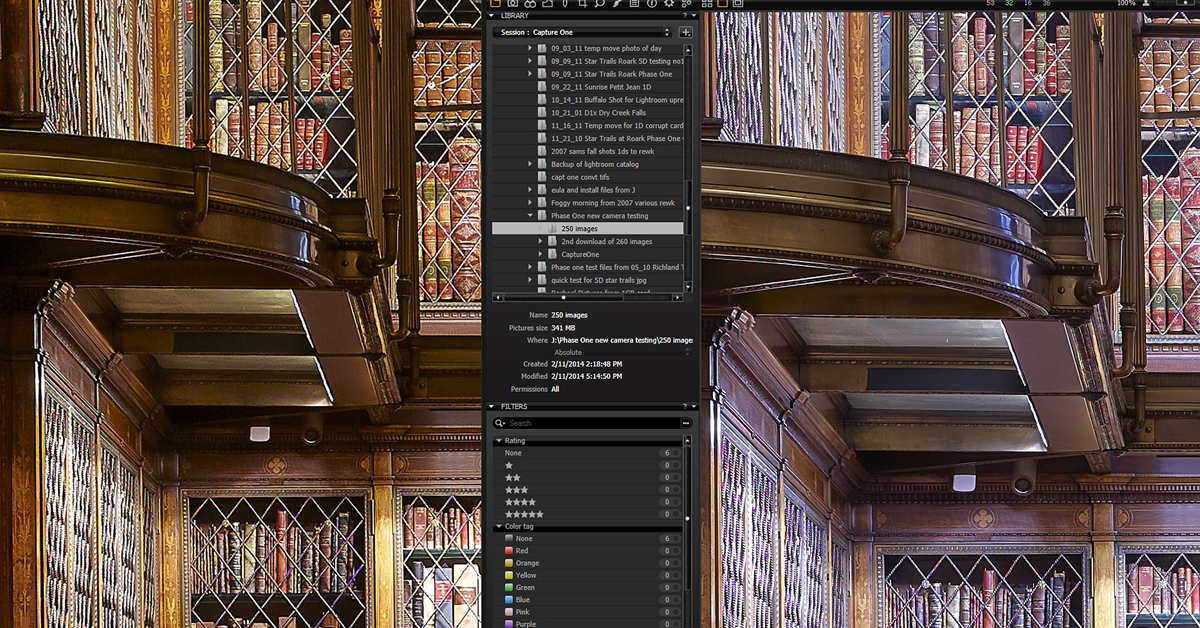
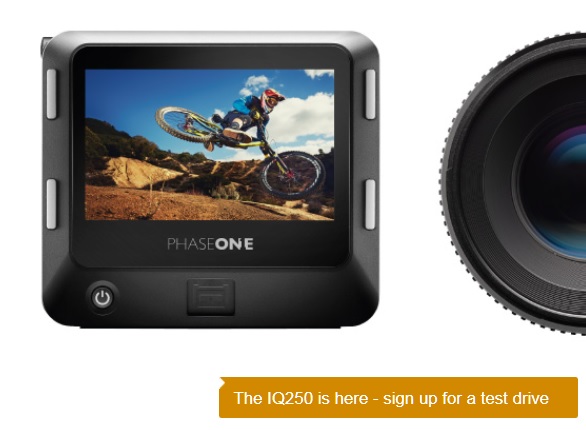
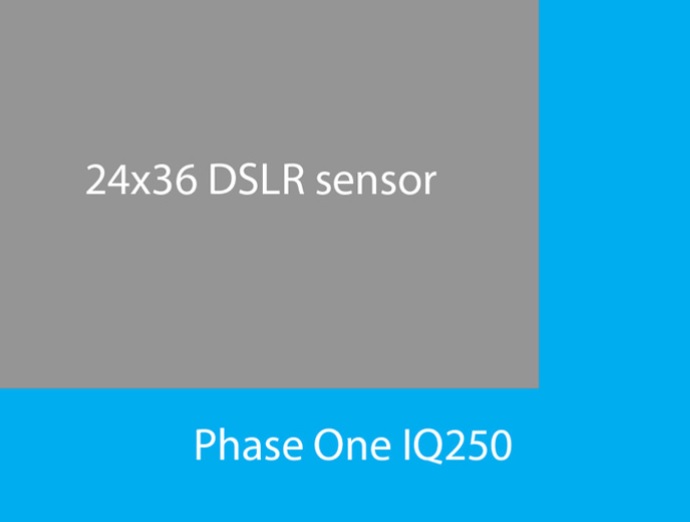

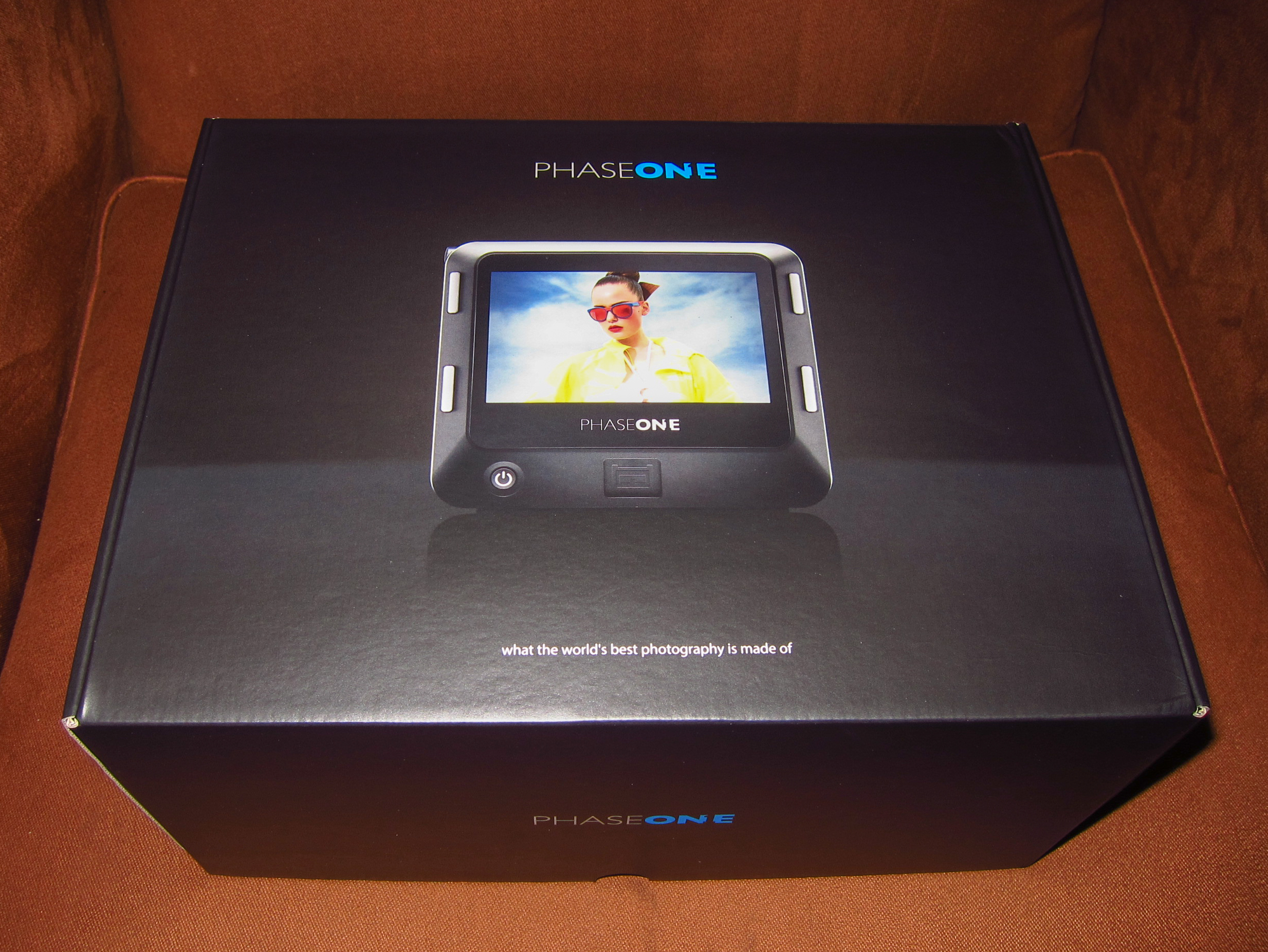
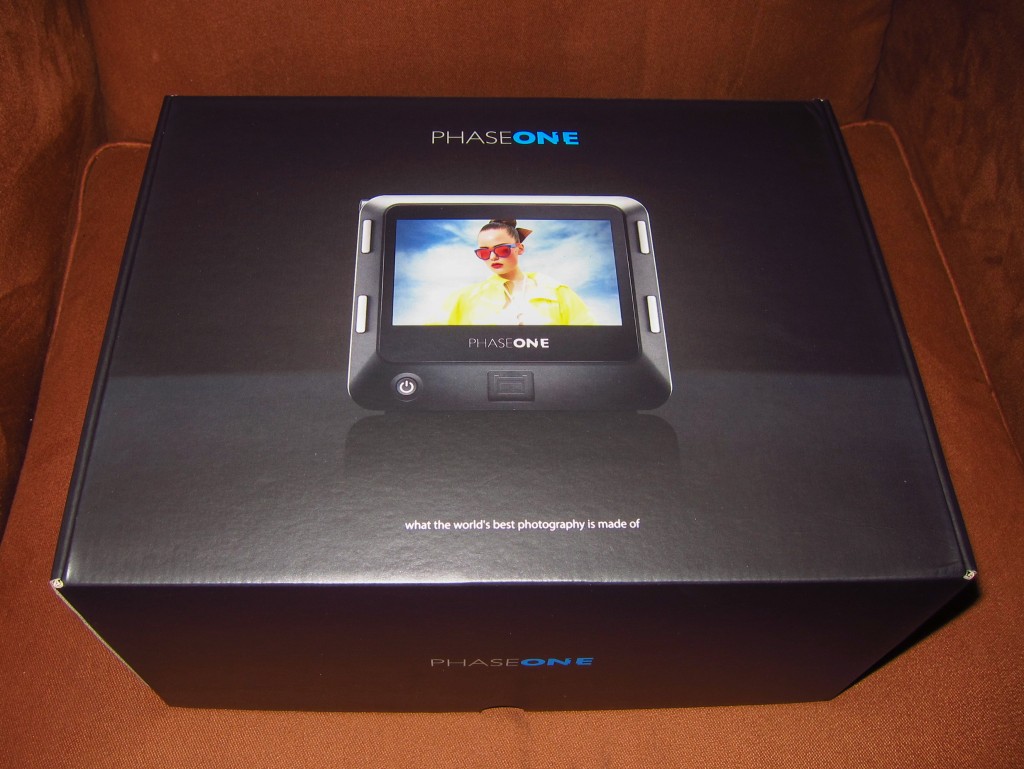
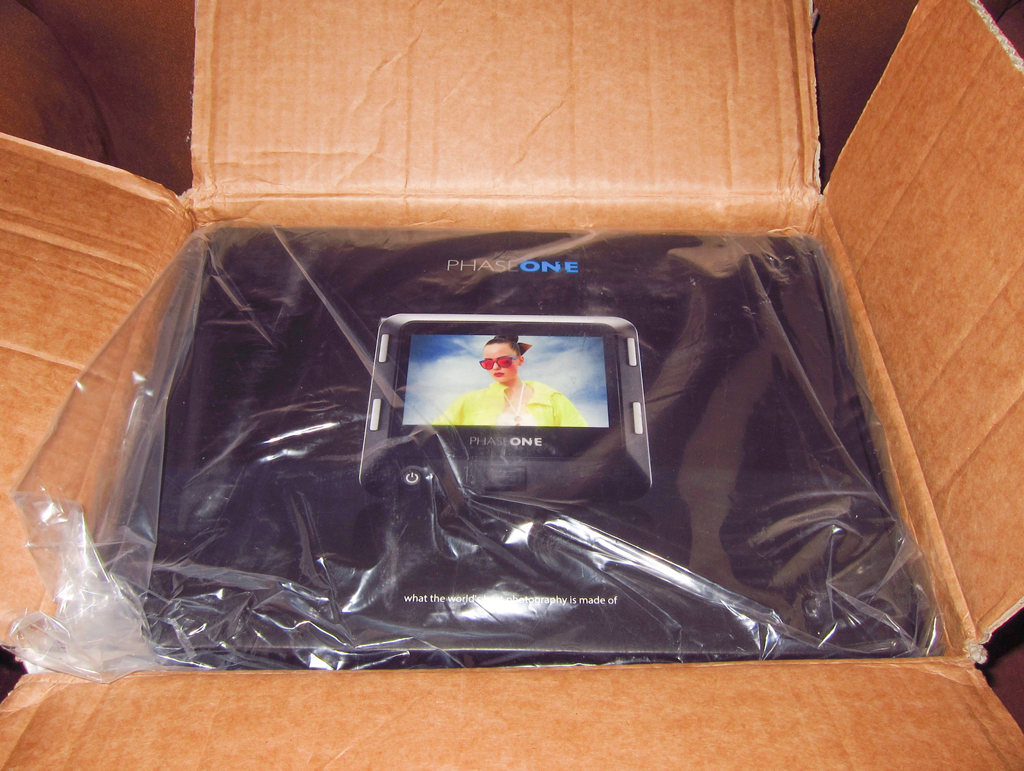
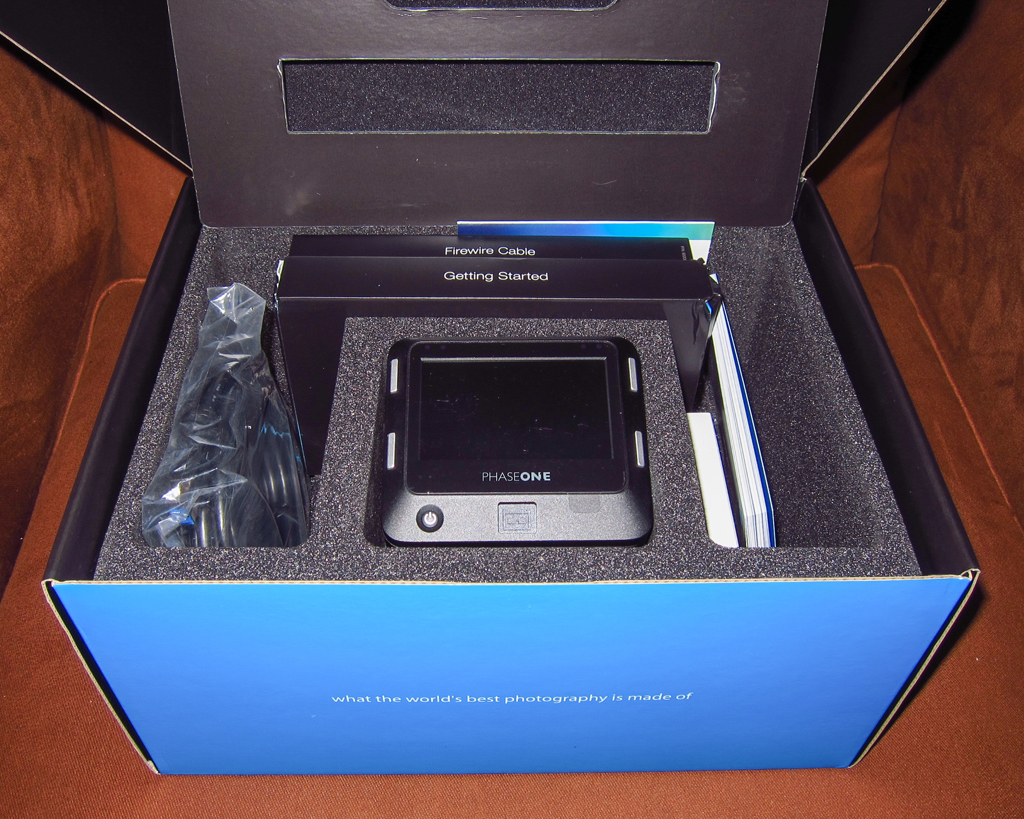
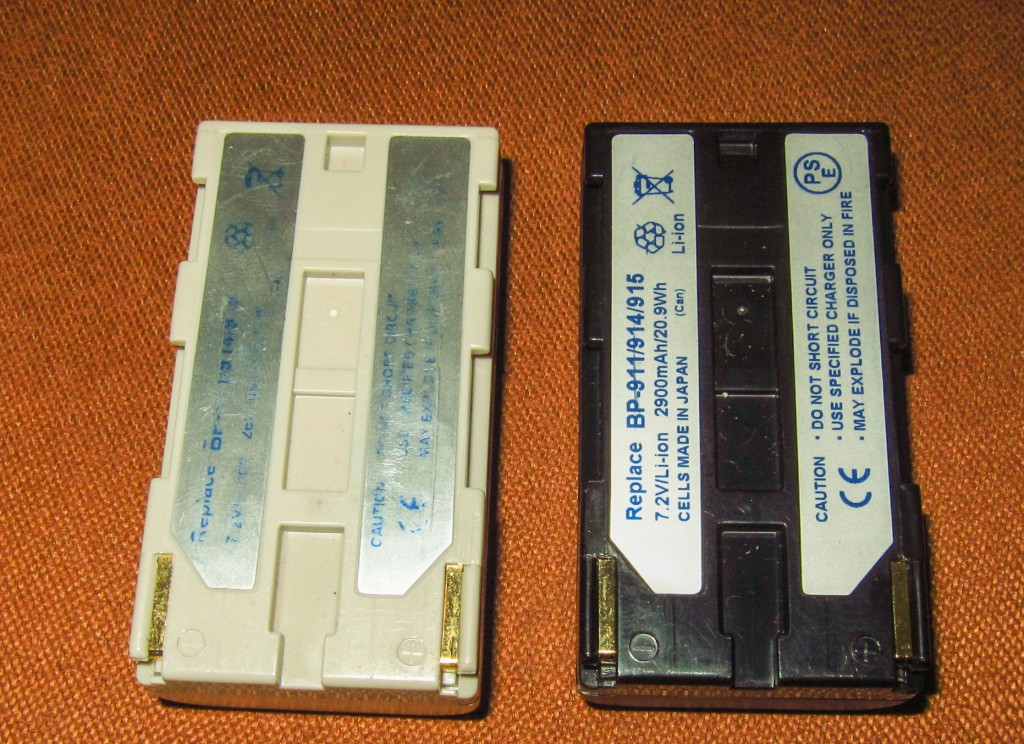

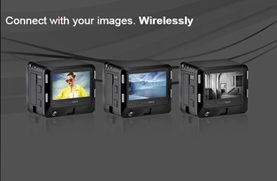
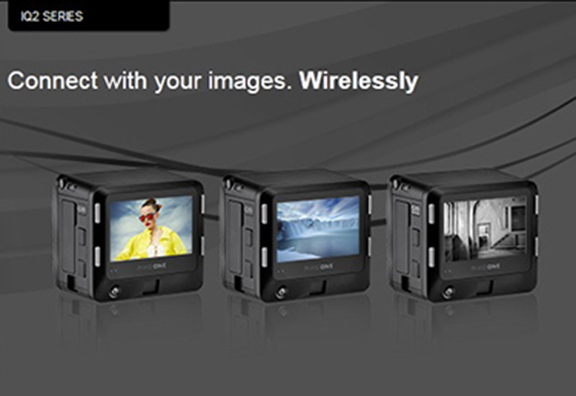



Recent Comments